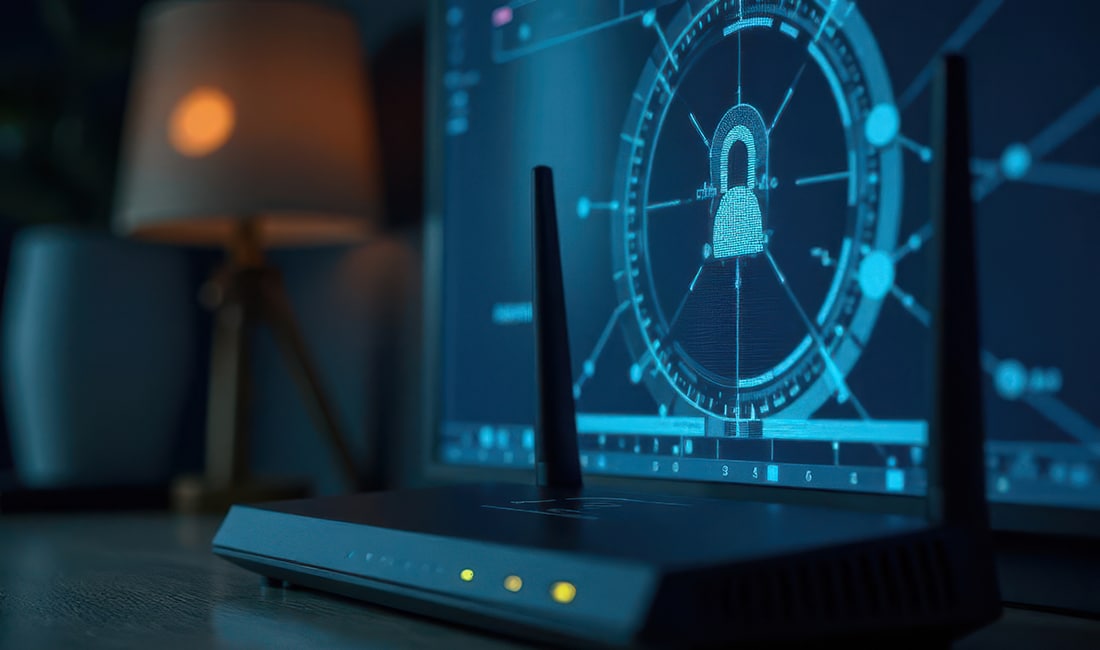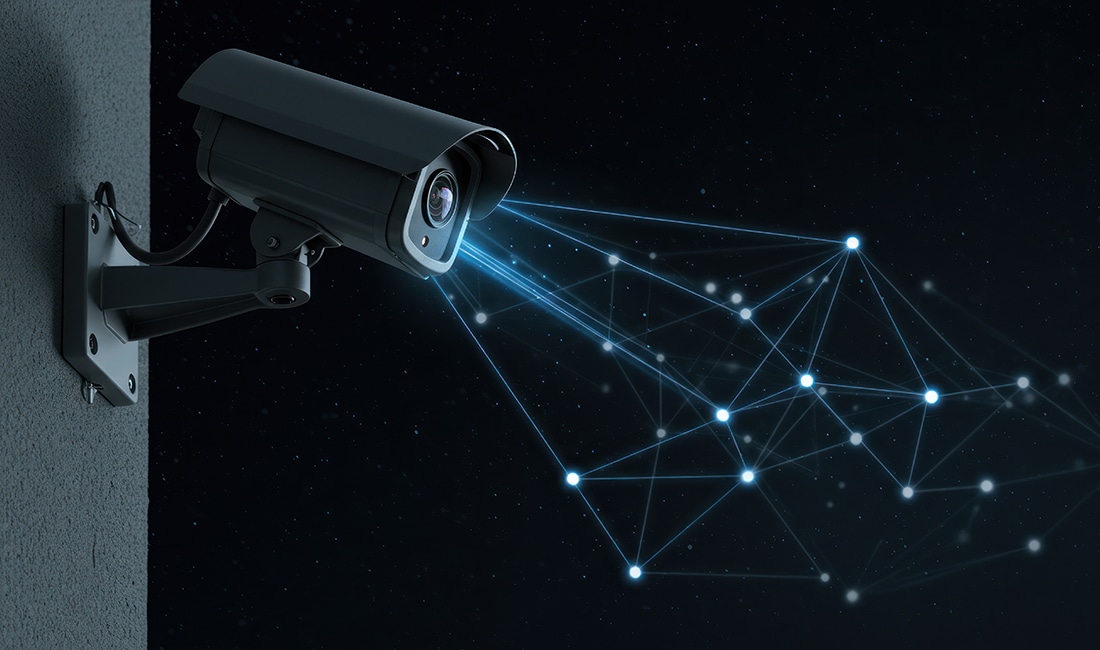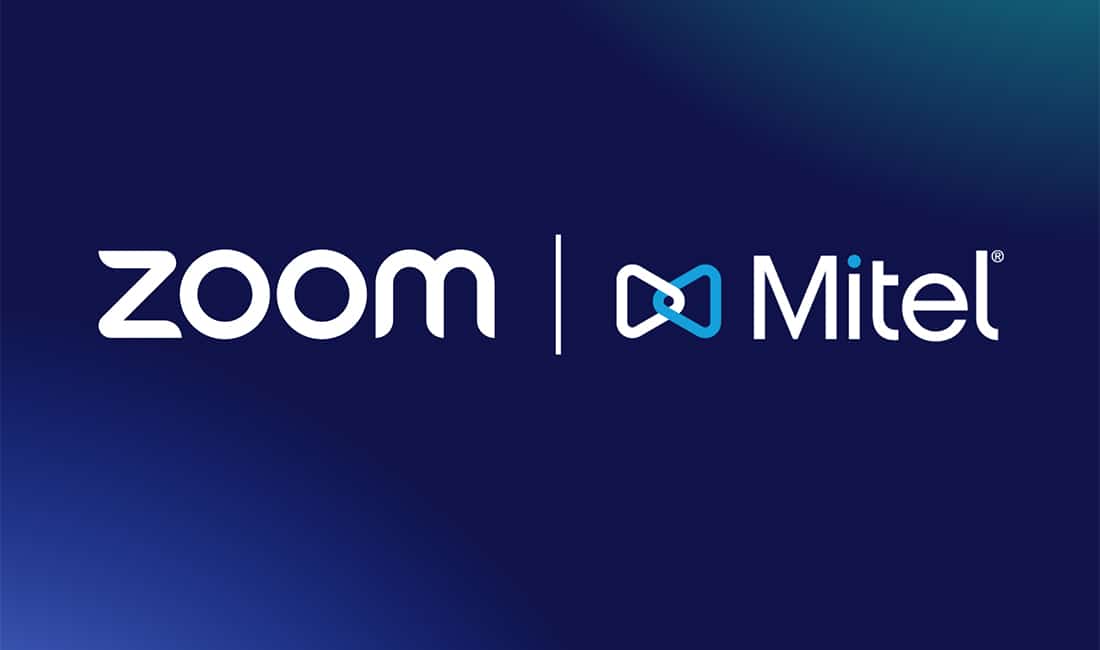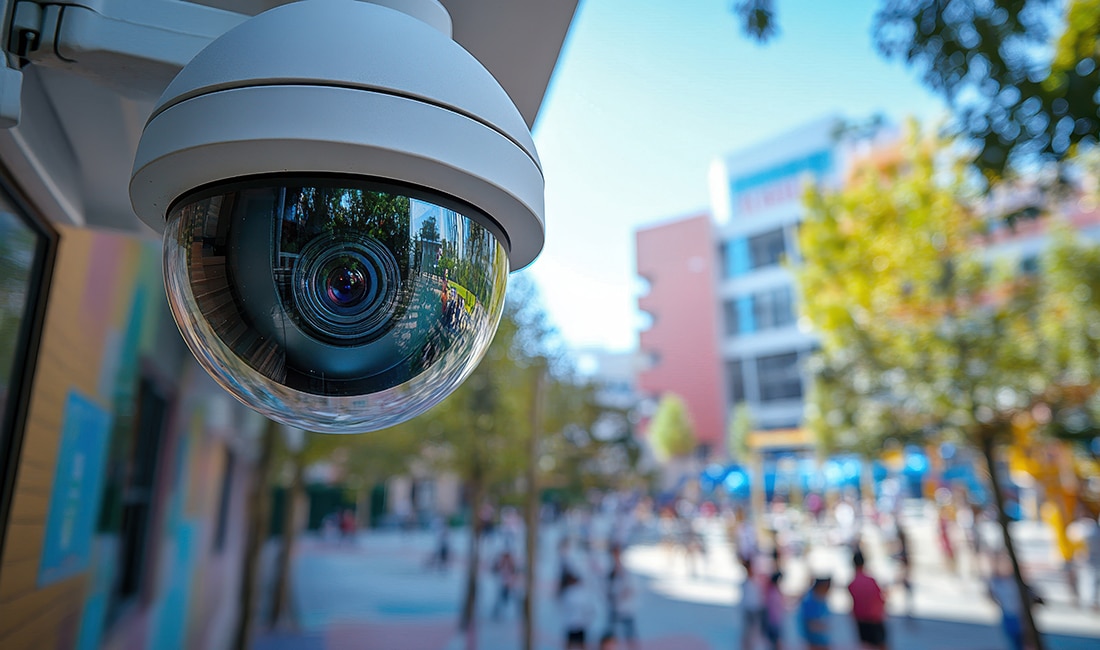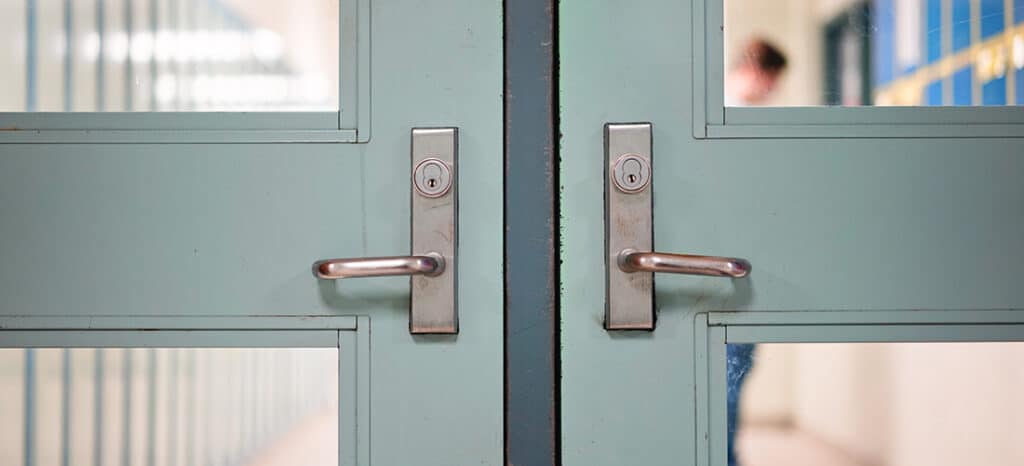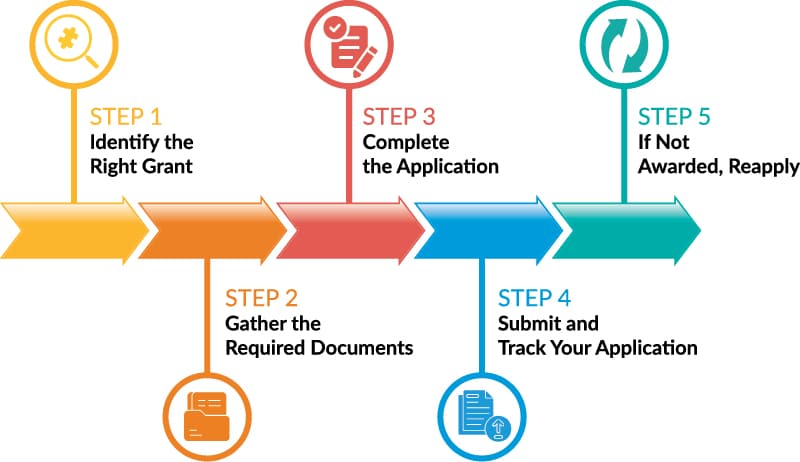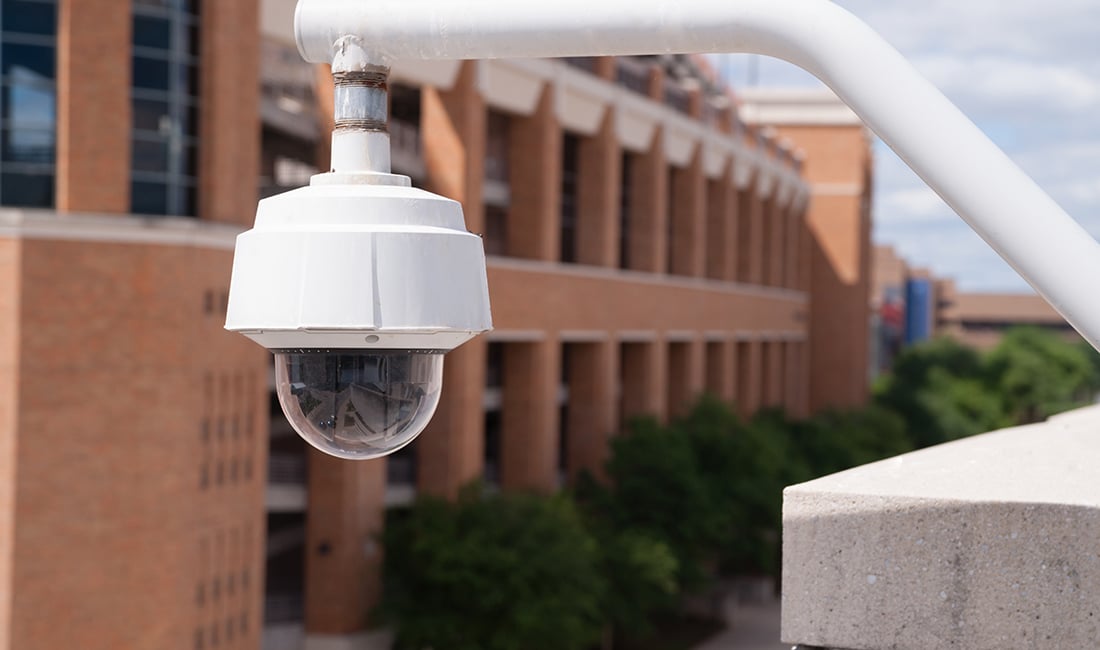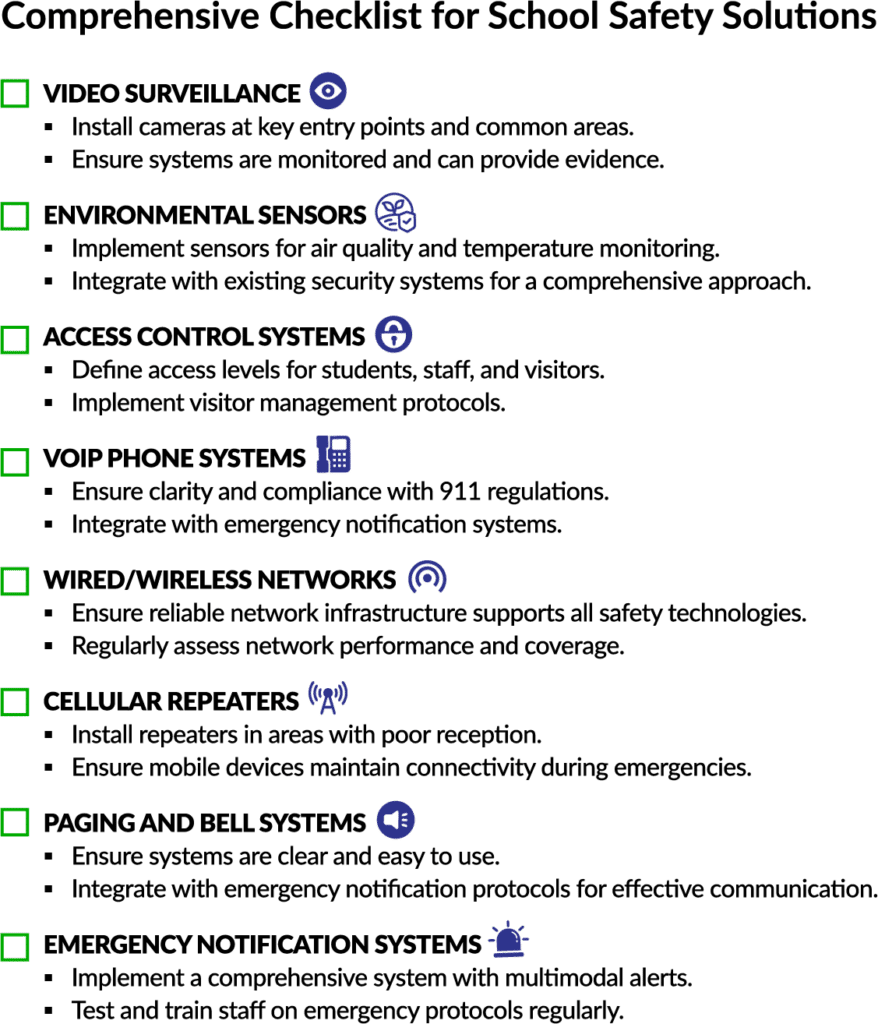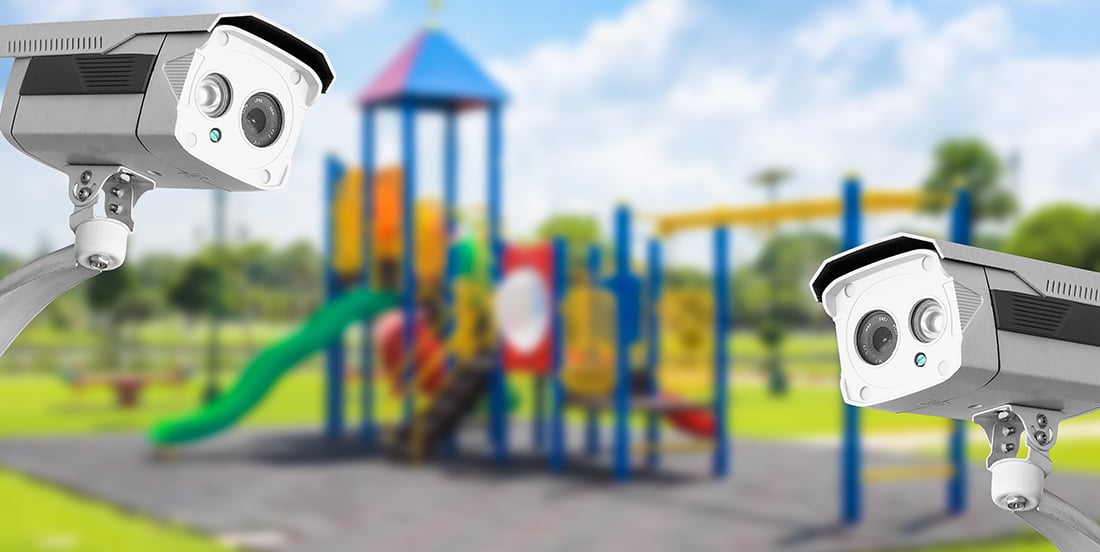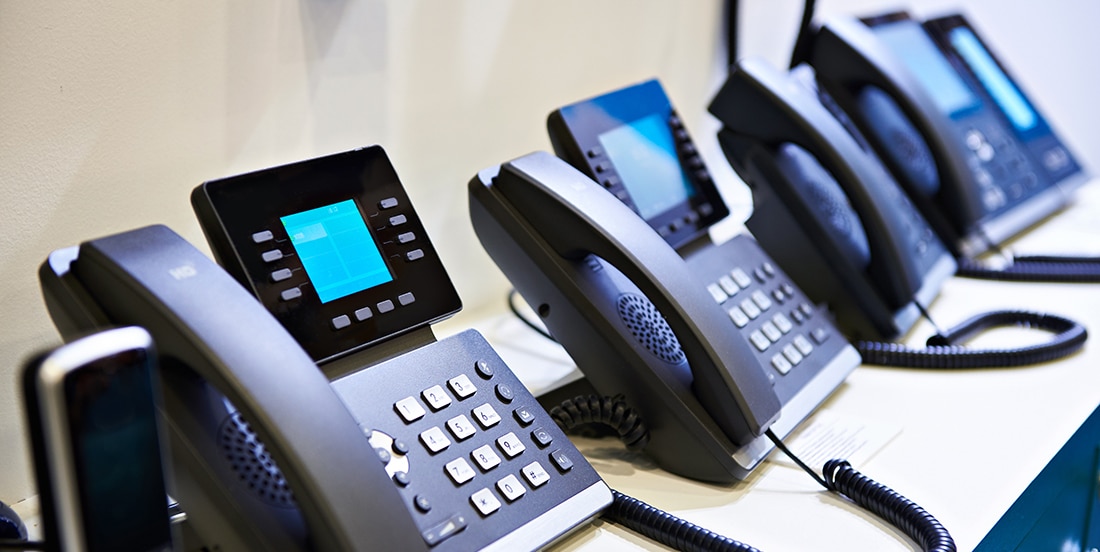Ask the Expert: Wired and Wireless Locks in Modern Access Control
When planning for a school or workplace that is both safe and operationally efficient, security is always a critical part of the conversation. Protecting the people within your facilities—students, staff, families, and visitors—is a core responsibility. Yet as technology advances and new challenges emerge, the question of what a truly secure and efficient environment looks like has become more complex than ever before.
When it comes to enhancing the security of your school, business, or municipal facilities, discussions around wired and wireless locking solutions have become increasingly common. Naturally, many leaders are asking, Are these solutions simply a passing trend, or do they offer meaningful, long-term value? And how can they align with the way our buildings operate day to day?
In this resource, we take a practical, experience-driven approach to these questions—examining what works, what doesn’t, and what’s truly worth considering for organizations looking to strengthen their access control strategies.
To help provide deeper insight, we’ve consulted with Len Nirchio, an Eastern DataComm Account Executive with more than thirty years of experience advising schools, municipalities, and businesses across the Eastern Seaboard on effective security solutions.
Here, you’ll find honest, real-world answers to common questions about modern access control, along with up-to-date guidance on which technologies align best with your specific operational needs. Whether you’re moving away from traditional keys, planning new construction, or exploring automated lockdown capabilities, this guidance offers the trusted perspective you need to make informed decisions.

Meet the Team: Experience You Can Trust
Paul Jenne serves as the Vice President of Sales & Business Development at Eastern DataComm, a leading provider of safety and communications solutions supporting hundreds of organizations across various industries.
Len Nirchio is a seasoned Account Executive at Eastern DataComm with over thirty-three years of experience helping schools and businesses enhance their safety and security.
When it comes to physical security, few professionals have the depth of experience or the proven track record that Len brings to the table.
The Problem with Traditional Keys
If you’re still relying on metal keys and basic door locks, you’re not alone. Many schools, municipal buildings, and offices do. But, there are good reasons why so many are finally making a change.
As Len puts it:
“A lot of institutions and corporations use keyed door locks. The trouble is, it’s easy to lose track of who has a key, and keys can get duplicated. If you lose total control, you may have to rekey your whole campus—and that can get expensive fast.”
Traditional locks can sometimes give a false sense of security. Keys get lost, misplaced, or copied—and often, you won’t realize it until there’s a problem. When you’re managing multiple rooms or exterior doors, keeping track of who has which key quickly becomes a frustrating and costly challenge.
Enter Modern Access Control: Going Beyond the Key
Wired and wireless locks are digital, but the impact is all about real, human safety. These sorts of solutions give you control over who can go where, track activity, receive alerts, and automate procedures that can really take up precious time during an emergency.
With modern access control, you’re not only keeping unwanted visitors out. You’re:
- Instantly updating access for staff, substitutes, or outside contractors
- Preventing lost keys from becoming a risk to the safety of your school community
- Preparing for emergencies with centralized lockdown and event notifications
Here’s how Len approaches these conversations with clients every day:
“We assess each building and district individually, because no two are alike. Sometimes we can retrofit existing doors with electronic locks. Sometimes we need to bring in wireless options for hard-to-reach places. It’s always about listening first and then designing the right solution for the client’s needs and budget.”
Exploring Wired and Wireless Locks
Wired and wireless electronic locks both serve the same purpose: to give you secure, controlled access—no keys required. But how they operate and where each is most useful differs quite a bit.
Wired Locks: Reliability Above All
Wired locks connect directly to your building’s access control system using physical cabling. That makes them incredibly reliable and fast. They’re ideal for:
- Main entrances
- Doors that see frequent use
- Areas where you already have infrastructure in place
Len explains,
“With wired systems, we can often use existing door hardware. We remove the old strike and put in an electronic one. It’s straightforward installation, especially in new school construction or facilities undergoing major renovations.”
The biggest advantages? Wired locks get power from your building (so no worrying about changing batteries) and can offer instant response times for access events and lockdowns.
Wireless Locks: Flexible and Cost-Effective
Wireless locks make sense for older buildings or spaces far from your IT closets. They connect with your access control system over a secure wireless network.

Wireless locks let us upgrade security even when it’s hard or impossible to run wires to each classroom or office,” says Len.
“Imagine a school with sixty or more classrooms. With wireless, you can modernize all those doors without tearing into walls or running expensive cabling. It’s a huge cost saver—and it’s a game changer for retrofits.”
Wireless locks can run on batteries (which can last several years) and are a lifesaver for historic buildings, modular classrooms, or additions constructed decades apart.
Key Takeaway
The bottom line: You don’t have to pick only one. The best modern systems actually combine both wired and wireless locks. The result is a customized solution that suits your floor plan, building age, and highest priority needs.
Security Risks of Outdated Access Control Systems
Many schools have had electronic access control for years. But Len cautions that older systems, especially those installed more than a decade ago, can pose risks you might not expect.
“Some of the older systems use unencrypted credentials. That makes it far too easy for someone to copy a keycard with basic equipment you can buy online. We’ve even seen students figure it out and clone teacher badges.”
That story isn’t hypothetical. In one case, Len and the Eastern DataComm team traced hundreds of door uses to a single credential, only to discover a clever student had duplicated a teacher’s card.
Besides unauthorized access, aging systems often lack features we now consider essential, like alerts for doors left open, integration with video cameras, or easy management of temporary credentials.
Modern Features That Matter
So, what can you expect from a modern access control system with wired and wireless locks?
Real-Time Access Management
The days of manually managing keys with a paper list affixed to a clipboard are behind us. Modern systems now allow you to:
- Grant or revoke access instantly from your computer or phone
- Set automated schedules, so doors lock and unlock on a timer
- Create guest passes for contractors or vendors
“You can send a contractor a two-day electronic pass that only works during school hours, tracks their entry and exit, and expires automatically. No need to chase keys,” says Len.
Remote Lockdown Capabilities
In an emergency, every second counts.
The ability to secure every door in a building with a single command—whether from the front office or a mobile device—is a critical feature. This capability is especially vital in school environments, where staff must prioritize the safety of students without the added concern of locating keys or manually locking doors during an emergency.
Door and Perimeter Monitoring
Newer access control systems don’t just unlock doors; they monitor them. Here’s how this helps:
- Get alerts if a door is propped open or forced
- Keep tabs on rarely used exterior doors, even without giving them their own keycard reader
- See a real-time map of your school and know at a glance what’s open, closed, or needs attention
“Sometimes someone props a door to step outside. But that means your security perimeter is breached. Our systems can send an alert to designated staff or security right away, and even trigger video recording at that location,” Len explains.
Integration with Video Surveillance
When you combine your access control solutions with video surveillance, you multiply your safety awareness. When someone uses their access badge, you can see a video snapshot of the event—or even enable facial recognition.
Len shares,
“This lets you verify not only whose card was used, but that the actual person using it is who they say they are. It helps when investigating incidents or proving compliance with security protocols.”

Occupancy Tracking and Anti-Passback
Ever wondered who’s legally in your building at any moment? Anti-passback tracks who entered and exited. So, you always have a live list of occupants.
This feature can be invaluable during fire drills, evacuations, or emergency attendance situations.
“If there’s a lockdown or other emergency, you can pull a report of all staff and students who are inside, based on who scanned in. It’s peace of mind for administrators and first responders alike.”
New Construction or Major Renovation
Does your school or building already have construction plans underway or is a major overhaul on the horizon? If so, it may make sense to run wiring throughout the space. You’ll get long-term reliability and easier maintenance. Wired locks are a natural fit for main entrances, high-traffic doors, and any place you need instant lockdown.
Upgrading Old Wings or Outbuildings
When it comes to outlying classrooms, older buildings, or any space where running new wires just isn’t in the cards, wireless locks really come through. They go in with minimal hassle, don’t disrupt the day-to-day routine, and can easily expand as your school’s needs change. For many schools, wireless options have finally made it realistic to give every classroom its own secure access—whether your building is brand new or was built decades ago.
Budget-Conscious Security Rollouts
Not every district or office can upgrade every door at once. Len recommends a phased approach:
“We start by identifying the most critical entry points—the front doors, main office, and high-priority interior spaces. Over time, as budget allows, we add coverage to other areas. The beauty of modern platforms is their ability to scale gracefully.”
Automation and Emergency Response: How Modern Access Control Raises the Bar
Let’s talk about emergencies. From severe weather events to other critical incidents, being able to respond quickly and efficiently is everything.
With today’s access control platforms, you can:
- Initiate a lockdown across all (or select) doors with a single command
- Automate door access schedules for regular school hours, aftercare, or special events
- Receive real-time alerts if a perimeter is breached or a door is left unsecured
- Integrate with your specialized mass notification systems to trigger alerts to staff, students, and first responders swiftly
Eastern DataComm helped one of our New Jersey school customers roll out a solution where indoor and outdoor speakers, automated locks, and digital notifications all work together. No matter where someone is on the property—from classrooms to parking lots—they get the information and protection they need.
Addressing Other Areas of Your Security Ecosystem
Access control is just one part of a much bigger picture when it comes to protecting your school, government agency, or business workplace. The real power of modern security comes from connecting multiple systems, so they work together to help you stay ahead of issues. When you bring in solutions like video surveillance, environmental sensors, and mass notification tools, you’re giving your team the ability to catch concerns early and step in before small problems become big ones.
Integrating Cameras and Environmental Sensors
Let’s say an alert comes in from your access control system—maybe a door gets propped open after hours, or someone forces entry when no one’s supposed to be inside. With cameras tied right into your system, you can instantly see what’s happening and where. That live video connection helps you make informed decisions, instead of guessing or having to run across campus to check.
Environmental sensors are just as powerful as cameras for keeping spaces healthy and secure. These systems quietly track things like air quality, temperature, and humidity. By keeping an eye on those details, the building becomes safer and more comfortable for everyone, not just when there’s a security concern, but every day.
Complying with Regulations
Staying on top of the rules is part of any school or facility leader’s job, but changes in safety standards can make it tough to know when you’re on track. New standards like the ASIS National Standards, Ray Baum’s Act, and Kari’s Law are asking schools and municipalities to take a closer look at how they handle security and communication.
The good news is that the latest access control and emergency notification systems are already designed to help you meet these requirements. Upgrading isn’t just about better technology—it’s also about putting the right tools and practices in place, so you’re confident about both safety and compliance.
“Our job isn’t just to put in technology; it’s to help our clients meet every requirement, whether that’s legal compliance or peace of mind,” says Len.
Common Questions about Upgrading Access Control
It’s actually much easier than most people expect. For many doors, existing locks can be retrofitted with electronic strikes. For spaces where running wires is difficult, wireless options mean zero wall demolition.
These solutions are very secure when properly installed. Platforms use strong encryption and meet industry standards, so access can’t be easily intercepted or cloned. Battery life is typically two to four years, with low-battery alerts sent long before power runs out.
Most access control platforms are designed with fail-safes. Wired locks can default to locked or unlocked, depending on your security policy. Wireless locks retain their permissions and audit logs, and can still function using stored credentials even during a brief outage.
No. Most districts and organizations adopt a phased approach, starting with the highest priority entry points and adding additional coverage as budgets and needs evolve.
Getting Started: What to Expect from an Eastern DataComm Free Security Assessment
Eastern DataComm doesn’t just sell products. We partner with you, beginning with a no-obligation, on-site or virtual assessment. Here’s how the process works:
Discovery: Our security consultants meet you on-site to understand your biggest needs, current pain points, and budget considerations.
Assessment: We review your current locks, doors, staffing, and safety policies. No judgment—just partnership.
Tailored Recommendation: We design a solution just for you, mixing wired, wireless, and existing technologies where appropriate.
Roadmap and Phasing: If you’re seeking to spread costs, we detail a step-by-step plan to upgrade your security infrastructure over time.
“We want clients to feel in control and understand every step. There are no blanket, one-size-fits-all solutions—just what’s best for your team and your facility,” says Len.
Real Results: Safer Schools and Smarter Workplaces
Eastern DataComm has helped countless organizations throughout the Eastern Seaboard create safer, more manageable environments using modern access control. Here are a few examples:
- A Regional High School District: Upgraded security by integrating wireless locks in every classroom, saving tens of thousands compared to a fully hardwired system, and enabling instant lockdown in emergencies.
- A Municipal Office Complex: Transitioned from traditional keys to a hybrid system. Now, staff can manage access for seasonal employees and contractors without ever handing out a new key.
- Elementary School: Combined access control with video surveillance and environmental sensors, creating a complete safety ecosystem and helping comply with new state regulations.
Final Thoughts: Taking the Next Step Toward Security
Wired and wireless locks are much more than a technology trend—they are essential building blocks for modern security. Whether your goal is protecting students, safeguarding staff, or complying with the latest regulations, the right access control system offers powerful, practical ways to make your community safer.
You don’t have to figure this out alone. Whether you are just starting out or knee-deep in upgrades, Eastern DataComm’s experienced team is here to listen, understand, and provide solutions that really fit—not just for today, but for whatever tomorrow brings.
Ready to start a conversation about access control or request your free on-site assessment? Contact us now or call 201-457-3311.
Don’t forget to watch our full Ask the Expert video with Len Nirchio on our YouTube channel.
Let’s Connect to Keep You Protected!
Still have questions, or want to see how modern access control could work for your facilities? We’re here to help. Reach out for a friendly, informative discussion—no obligations, just expertise and support from the team at Eastern DataComm.
About Len Nirchio
Len has spent more than thirty-three years in the field, working one-on-one with local schools, government buildings, and private businesses to design and implement real-world security systems. His mix of technical expertise, practical experience, and genuine care for each client makes him the go-to resource for making every space safer.
